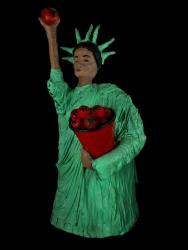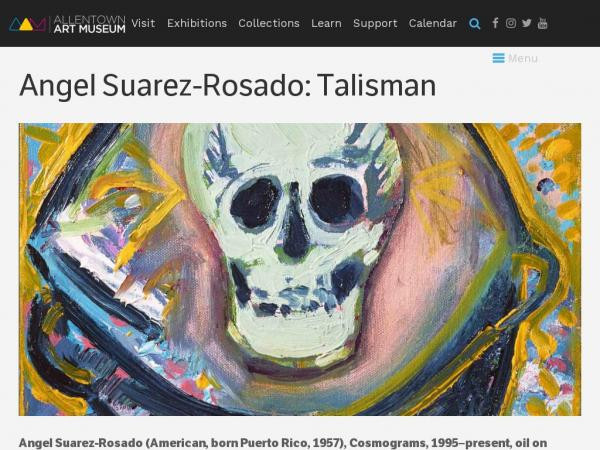Philippa Rappoport
I work in education and engagement, teacher professional development, and outreach at the Smithsonian Office of Educational Technology (OET), and have a particular interest in developing and producing trainings, programs, teaching techniques, and platforms that foster deep learning and contribute knowledge to improve practices in museum and preK-16 education and engagement. At OET over the last decade+, I created digital assets for schools, families, and new immigrant English Language learners to complement teacher professional development and pan-Smithsonian programming, including Learning Lab teaching collections, YouTube videos with tradition bearers, a handmade family stories book-making website, and online heritage tours.
Philippa Rappoport's collections
A Classroom or Family Project: "Today I Am Here," with examples of student work
 Philippa Rappoport
Philippa Rappoport
Activism and Change: Clara Lemlich and the New York Shirtwaist Strike of 1909
 Philippa Rappoport
Philippa Rappoport
Addressing 21st-Century Challenges: The National Museum of American History and the Center for Folklife and Cultural Heritage
 Philippa Rappoport
Philippa Rappoport
"American Democracy: The Great Leap of Faith"
 Philippa Rappoport
Philippa Rappoport
American Indian Responses to Environmental Challenges
 Philippa Rappoport
Philippa Rappoport
Analyzing Primary Sources to Teach the Japanese American WWII Experience | Cultivating Learning
 Philippa Rappoport
Philippa Rappoport
Artist and Archivist: The Papers and Legacy of Angel Suarez Rosado
 Philippa Rappoport
Philippa Rappoport
Asian Pacific American Arts and Crafts: Festival Highlights
 Philippa Rappoport
Philippa Rappoport
Asian Pacific American Heritage Month Family Day: Performances, Demonstrations, Interviews
 Philippa Rappoport
Philippa Rappoport
Central American Traditions Festival: Demonstrations, Interviews, and How-To Videos
 Philippa Rappoport
Philippa Rappoport
Classroom Activity Using Images of Immigration and Identity from the National Portrait Gallery, the New York Times, and the Smithsonian American Art Museum
 Philippa Rappoport
Philippa Rappoport
Classroom Activity with "¡Pleibol!”: Close Looking to Explore One Family’s Story of Latino Baseball
 Philippa Rappoport
Philippa Rappoport





















